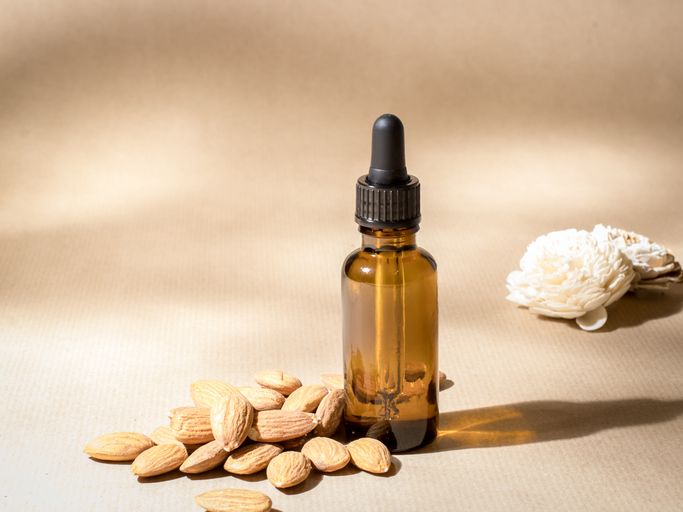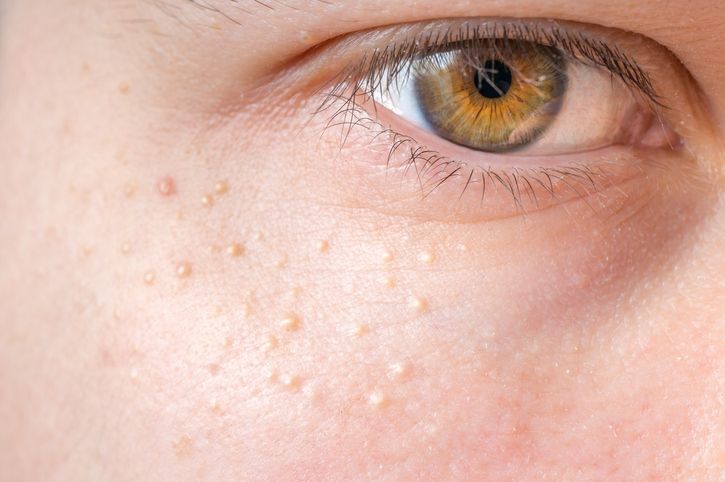- Home
- Trend
- Weight Loss Strategies
- Acne Tips
- Hair Health Information
- Blemish Removal Tips
- Acne Scar Removal Tips
- Muscle Building Techniques
- Intimate Care Tips
- Postpartum Intimate Care
- Eye Bags Wiki
- Tips for Face Slimming
- Secret of Permanent Hair Removal
- Breast Enlargement Tips
- Cure to Snoring
- Marionette Lines
- Skin-Tightening Secrets

免費體驗
S6 Body Sculpting Treatment
1 Minute Self-Registration
Date should not be before minimal date
When it comes to losing weight, the debate between low-carb vs low-fat diets is as strong as ever. Whether you're trying to drop a few pounds or looking for a more sustainable weight loss approach, you've probably heard about both these popular diets. But which one actually delivers the best results? In this article, we’ll take a closer look at the low-carb diet and low-fat diet, comparing their effectiveness for weight loss, health benefits, and long-term sustainability. By the end, you'll have a better idea of which diet might be the best fit for your goals.
1
Low-Carb Diet: How It Works for Weight Loss

How the Body Burns Fat on a Low-Carb Diet
2
Low-Fat Diet: A Balanced Approach to Weight Loss
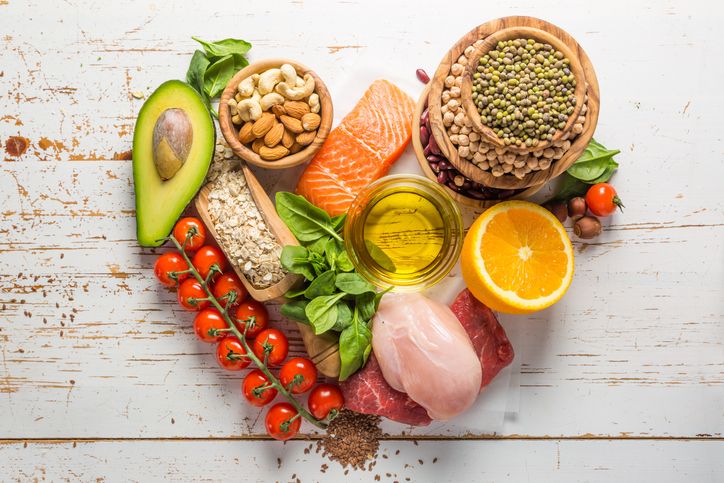
How Does a Low-Fat Diet Promote Weight Loss?
3
Food Choices In a Low-Carb Diet Vs Low-Fat Diet

Foods Included in a Low-Carb Diet
Foods Included in a Low-Fat Diet
Key Differences Between Low-Carb and Low-Fat Diets
4
Effectiveness of Low-Carb vs. Low-Fat Diets for Weight Loss

Low-Carb Diet Effectiveness
Low-Fat Diet Effectiveness

免費體驗
S6 Body Sculpting Treatment
1 Minute Self-Registration
Date should not be before minimal date
5
Sustainability of Low-Carb vs. Low-Fat Diets
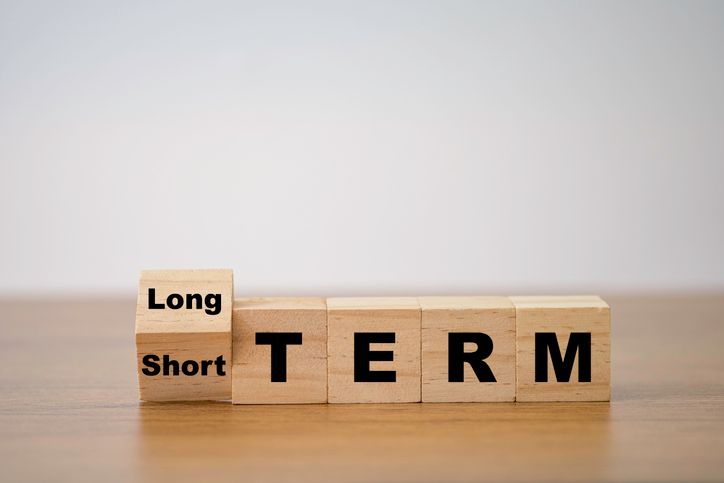
Sustainability of a Low-Carb Diet
Sustainability of a Low-Fat Diet
6
Health Benefits Beyond Weight Loss: Low-Carb vs. Low-Fat Diets
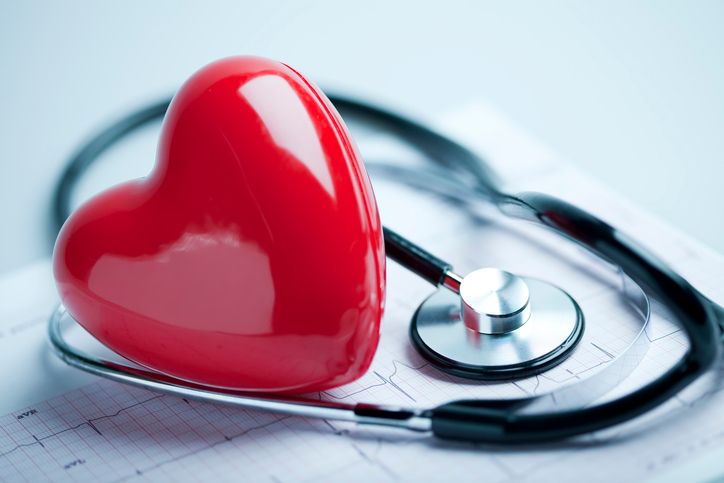
Health Benefits of a Low-Carb Diet
Health Benefits of a Low-Fat Diet
7
Which Diet Should You Choose?

8
Achieve Your Ideal Body With The S6 Body Sculpting Treatment

How Does S6 Body Sculpting Work?
The Advantages of S6 Body Sculpting Treatment
Who is the S6 Body Sculpting Treatment for?

免費體驗
S6 Body Sculpting Treatment
1 Minute Self-Registration
Date should not be before minimal date
FAQ

1. What factors should someone consider when choosing between a low-carb and a low-fat diet?
The choice depends on individual health goals, preferences, and lifestyle. If someone is looking for quick weight loss and doesn’t mind restricting carbs, a low-carb diet might be a good fit. For those who prefer a less restrictive approach that can be sustained long-term, especially for heart health, a low-fat diet might be better. Personal factors like metabolic rate, physical activity level, and any existing medical conditions also play a role in choosing the right diet.
2. How do low-carb and low-fat diets impact energy levels throughout the day?
Low-carb diets may initially cause a dip in energy levels as the body adjusts to burning fat instead of carbs for fuel. However, once this adjustment period ends, some people report feeling more energized and less prone to blood sugar crashes. On the other hand, low-fat diets tend to provide steady energy throughout the day because they support the body's natural balance of fats, carbohydrates, and proteins.
3. What are the key differences in how each diet affects fat-burning and muscle preservation?
Low-carb diets trigger the body’s fat-burning process by reducing carb intake, leading the body to burn stored fat for energy. While this may promote fat loss, there's a risk of muscle loss if protein intake isn’t managed. Low-fat diets, by contrast, help preserve muscle mass because they provide a more balanced ratio of nutrients, encouraging sustainable fat loss while supporting lean muscle preservation.
4. How does the S6 Body Sculpting Treatment work in comparison to diet?
While diet focuses on overall fat reduction through nutrition, the S6 Body Sculpting Treatment targets specific areas of the body where fat may be stubborn or resistant to exercise and dieting. It uses advanced technology like high-intensity focused ultrasound (HIFU) to break down fat cells, which are then naturally eliminated by the body. It can be a great complement to diet for improving body contours and targeting localized fat deposits.
5. What role does adherence play in the effectiveness of both diets and the S6 treatment?
Consistency is key for both dietary approaches. The effectiveness of low-carb or low-fat diets depends largely on how well they’re followed. Adhering to either diet can yield results, but flexibility and long-term commitment are crucial for sustainability. Similarly, with the S6 Body Sculpting Treatment, achieving the desired results depends on following the recommended session schedule and aftercare. It's an effective option when paired with a healthy lifestyle, but the best outcomes are seen when combined with consistent dietary and fitness efforts.





